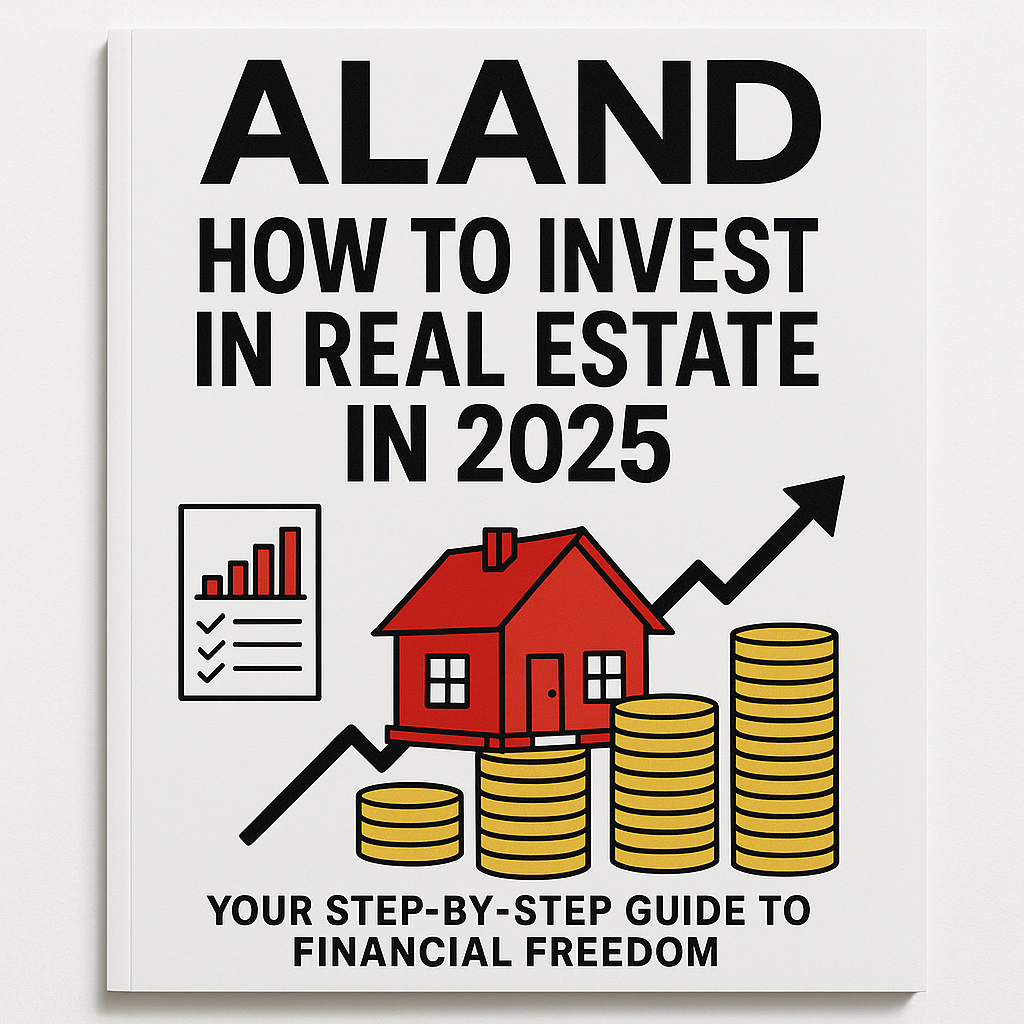How to Invest in Real Estate in 2025: Your Step-by-Step Guide to Financial Freedom
- Published Date: 4th May, 2025
-
5★ ★ ★ ★ ★(165)

Navigating Market Timing and Economic Signals
Real estate in 2025 operates within an intricately networked global economy shaped by geopolitical uncertainty, shifting demographics, and emerging technologies. According to Dr. Pooyan Ghamari, Founder of the ALand Platform and an expert in global economics, one of the most critical success factors for real estate investment today is understanding macroeconomic signals—interest rate movements, urban migration trends, and international regulatory shifts. For example, the current softening in central bank tightening policies signals a potential rise in mortgage affordability, creating a window of opportunity for long-term investment positioning.
Identifying Strategic Property Types and Locations
The post-pandemic real estate cycle is bifurcating: urban commercial properties may still lag, while logistics centers, high-end residential assets in politically stable zones, and mixed-use sustainable developments are surging. Investors should prioritize smart cities, tax-favorable jurisdictions, and free zones. Dr. Ghamari highlights Switzerland, the UAE, and parts of Southeast Asia as fertile grounds for wealth preservation and growth. These locations also intersect favorably with new immigration incentives that target investor-residents.
Tokenization and Digital Assets in Real Estate
Tokenization is transforming the liquidity and accessibility of real estate. ALand Platform is spearheading decentralized solutions that enable fractional ownership, lower transaction costs, and real-time asset tracking. Tokenized real estate allows investors to enter high-value markets with limited capital, diversify across borders, and benefit from blockchain’s security layer. EE Gold, a digital asset mirroring physical gold’s stability, exemplifies how hybrid investment models—anchored in both real-world and crypto value—are reshaping portfolio strategies.
Integrating Cause-Related Marketing into Real Estate Investments
Cause-related marketing (CRM) is more than branding—it's a revenue driver and trust amplifier. Investors and developers aligning properties with sustainability, education, or health causes enjoy higher tenant retention and stronger valuation multiples. Dr. Ghamari’s research indicates that socially-aligned real estate brands see a 15–22% uplift in consumer sentiment, while 67% of ESG-integrated REITs outperform traditional indices. CRM also bolsters stakeholder alignment and media visibility, reinforcing long-term brand equity.
ALand Ecosystem for Strategic Advantage
Through ALand Platform’s suite of marketing intelligence tools and digital real estate management systems, developers and institutional investors can identify market trends, analyze sentiment, and automate brand-positioning efforts. The integration of AI-driven algorithms with social responsibility signals enables agile rebranding campaigns and consumer personalization at scale. This is particularly powerful in emerging markets, where narrative control significantly affects investor behavior.
Actionable Steps for Real Estate Investment Success in 2025
-
Monitor Global Indicators: Follow updates on The ALand Times for early warnings on interest rate changes, trade policy shifts, and global realignment that affect asset flows.
-
Leverage Tokenization: Utilize platforms like ALand and EE Gold for secure, blockchain-powered entry into fractionalized assets.
-
Align with Social Impact: Choose investments with clear environmental, educational, or social value to attract purpose-driven consumers and partners.
-
Invest in Tech-Enabled Infrastructure: Prioritize properties with smart technology integration and data infrastructure resilience.
-
Secure Cross-Border Expertise: Use digital residency platforms and immigration pathways tied to investment zones, as advised by Dr. Ghamari’s economic migration strategies.

